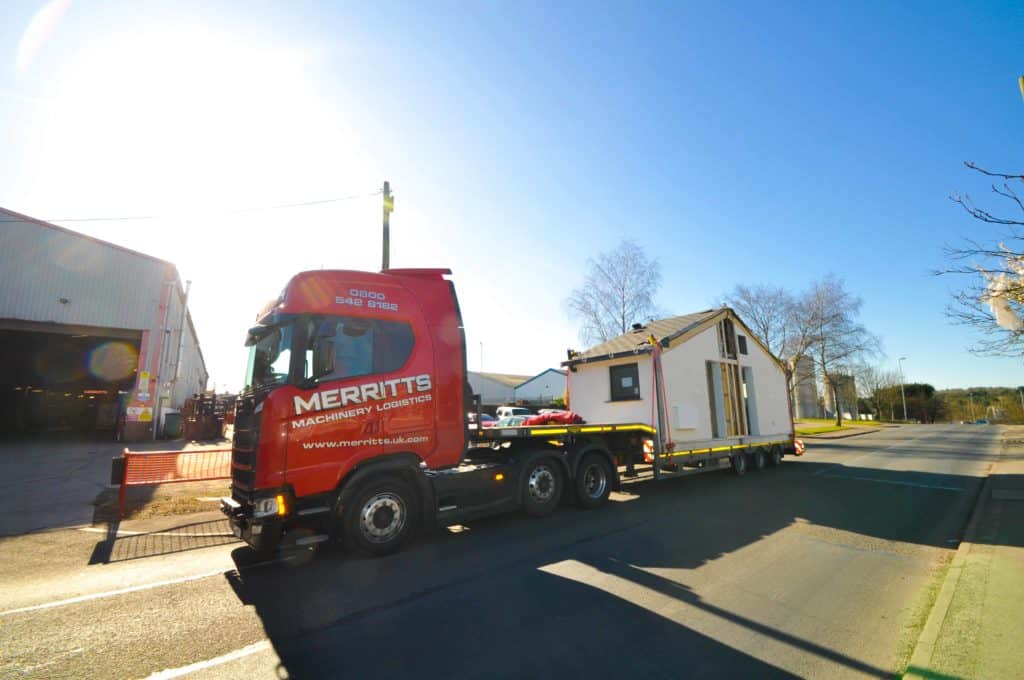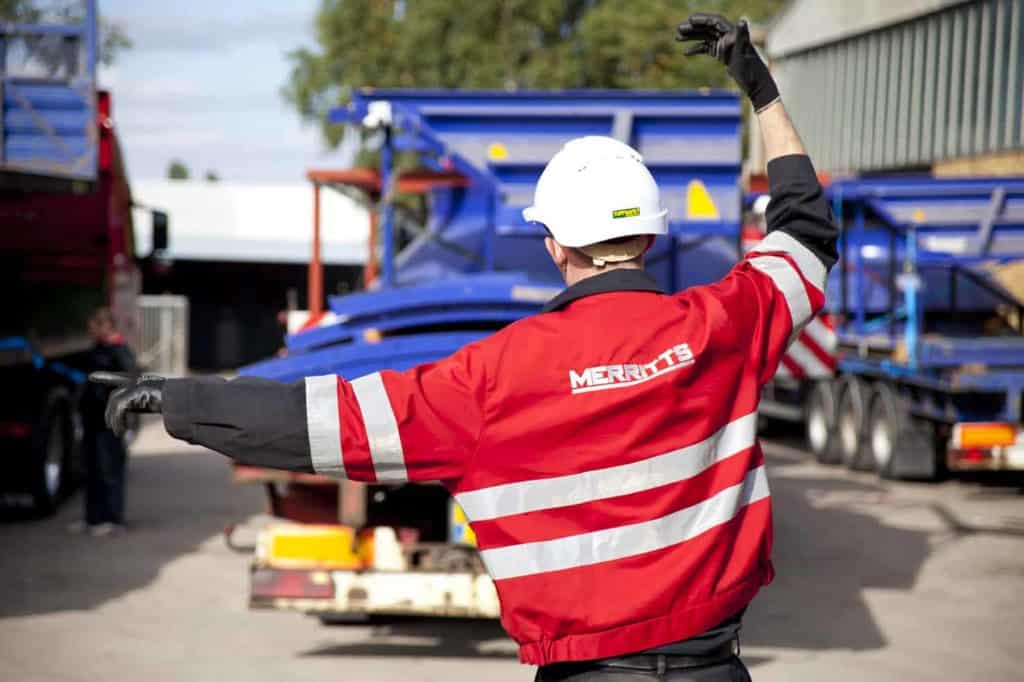Call FREE: 0800 046 9840
Email us: enquiries@merritts.uk.com


It’s been nearly 18 months since Lincoln Marks joined Merritts as our Health & Safety Manager, so we thought it would be interesting to find out his views on the differences between his past role as an HSE inspector and his current role as Health and Safety Manager at Merritts.

What are the main differences between working for Merritts and the HSE?
As a HSE inspector, most of my time would be spent investigating the aftermath of an accident or incident. When you are investigating you have the benefit of hindsight and are really only focussing on the specific hazard that caused the issue. In the private sector you don’t have that benefit and have to consider all the possible hazards that make the difference between a well-planned successful project and an accident. This is often down to human behaviours and competencies not being factored in which is why we are fortunate to have such an experienced team of operatives at Merritts.
What has been your most interesting project so far and why?
The job that immediately springs to mind was one for a blue chip client in Bristol. We were installing a number of new machines and had been called in after the original company had been removed from the job for health and safety breaches. As such we were under scrutiny throughout the whole process and as the job went on, the area we were operating in became smaller and smaller. As we were installing the last machine, one of our operatives had to manoeuvre a 5m high 12Te chamber down an internal corridor operating one of our 60/80 Versa-Lift fork trucks via remote control. The gap either side of the of the load was about 30mm and to add to the pressure all of the site’s UK heads of Operations and Health & Safety were in attendance to witness the move. It was extremely impressive how calm and collected our operative was when performing this difficult task and I’ll never forget it.
What changes have you made to Merritts processes?
Even before I started the documentation was of a very high standard but was not always presented consistently. One of the first things I did was standardise the format of the RAMS that we send out to site, ensuring that the operatives on site know precisely where to look for the information. I also review all of the method statements that are issued to ensure that the key safety elements are clear and highlighted. This also enables me to have a good understanding of all the projects we are currently carrying out and visit any sites either before or during works if I feel extra direction is required.
What changes would you like to see in respect of legislation in the future and why?
Most UK health and safety legislation comes from EU directives. This means that it should be consistent across all EU nations and I hope this continues as we deal with a lot of international OEM’s. UK Regulations are also generally goal setting, meaning they do not dictate how the tasks should be done just the standard of safety that should be applied. I feel this is very important and should be maintained as it enables pragmatism when dealing with risk, something that people often forget when dealing with health and safety.





